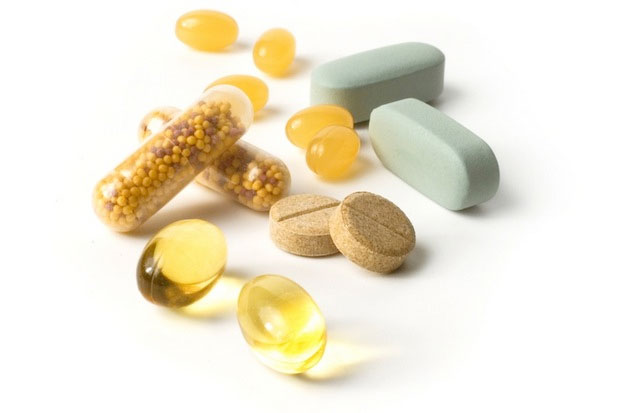4-Year-Old Overdoses on 'Natural' Supplements, Ends Up in ER

A 4-year-old boy in England ended up in the emergency room after taking a slew of dietary supplements that led to health problems, according to a new report of the case.
The boy's case shows that although many people view supplements and other complementary therapies as safe, it's possible for them to have harmful effects, the researchers said.
"Many families view these therapies as safer 'natural' options; however, there is significant potential for adverse effects," the researchers, from the Barts Health NHS Trust, a health system in London, wrote in the Oct. 6 issue of the journal BMJ Case Reports. [Wishful Thinking: 6 'Magic Bullet' Cures That Don't Exist]
The boy's family took him to the emergency room after he spent three weeks vomiting and losing weight, along with having other symptoms, such as constipation, loss of appetite, increased urine production and increased thirst. The boy had autism but had not had any previous health problems and wasn't taking any medications, the report said.
Tests showed that the boy's calcium and vitamin D levels were very high — his blood calcium level was 4.08 mmol/L (the normal range is 2.20 to 2.60 mmol/L), and his vitamin D level was 2,130 nmol/L (the normal range is 50 to 150 nmol/L).
The boy underwent several tests, including an ultrasound and MRI, to check for conditions that can cause high calcium levels, such as cancer and an increased production of certain hormones, but the tests came back negative.
A few days later, his mother told the doctors that the boy had been taking 12 different dietary supplements. These included vitamin D, calcium magnesium citrate, cod liver oil, camel milk, silver, biocare lipozyme (marketed as a "fat digesting enzyme"), archturus bromelain (an enzyme in pineapple), zinc, trace minerals, epsom bath salts, AFP peptizyde (a mixture of enzymes marketed to help with digestion) and sodium chloride.
Get the world’s most fascinating discoveries delivered straight to your inbox.
His doctors determined that the supplements he was taking were the most likely cause of his condition, which they diagnosed as "vitamin D toxicity," which means having too much vitamin D.
He was treated with extra fluids for rehydration, and medications to lower his calcium level. He recovered two weeks later, and was released from the hospital.
The boy stopped taking the supplements, and had no further health problems. "His parents were devastated that something they had given to their son with good intent had made him so unwell," the researchers said in their report.
His parents had started giving the boy the supplements because they had visited a naturopath, who recommended the 12 supplements. Naturopathy is a form of complementary and alternative medicine (CAM) that uses purported "natural" therapies.
Although many children use CAM therapies, these therapies can have risks, the researchers said. A study from Australia identified nearly 40 reports of harmful effects — including gastrointestinal problems, bleeding and seizures — from CAM therapies in children over a three-year period.
In addition, dietary supplements are not regulated as tightly as prescription drugs, and they may contain substances that are not listed on the label, the researchers said.
"Although families may report benefits with these treatments, there is no regulation of their use and, as our case demonstrates, there can be significant adverse effects," the researchers said.
When doctors take a medical history of a patient, they should make sure to ask about any supplements the patient is taking, the researchers said.
Original article on Live Science.

Rachael is a Live Science contributor, and was a former channel editor and senior writer for Live Science between 2010 and 2022. She has a master's degree in journalism from New York University's Science, Health and Environmental Reporting Program. She also holds a B.S. in molecular biology and an M.S. in biology from the University of California, San Diego. Her work has appeared in Scienceline, The Washington Post and Scientific American.



